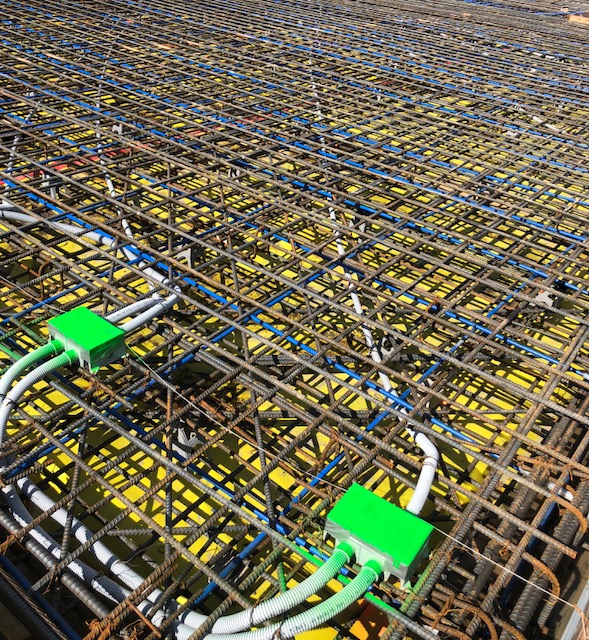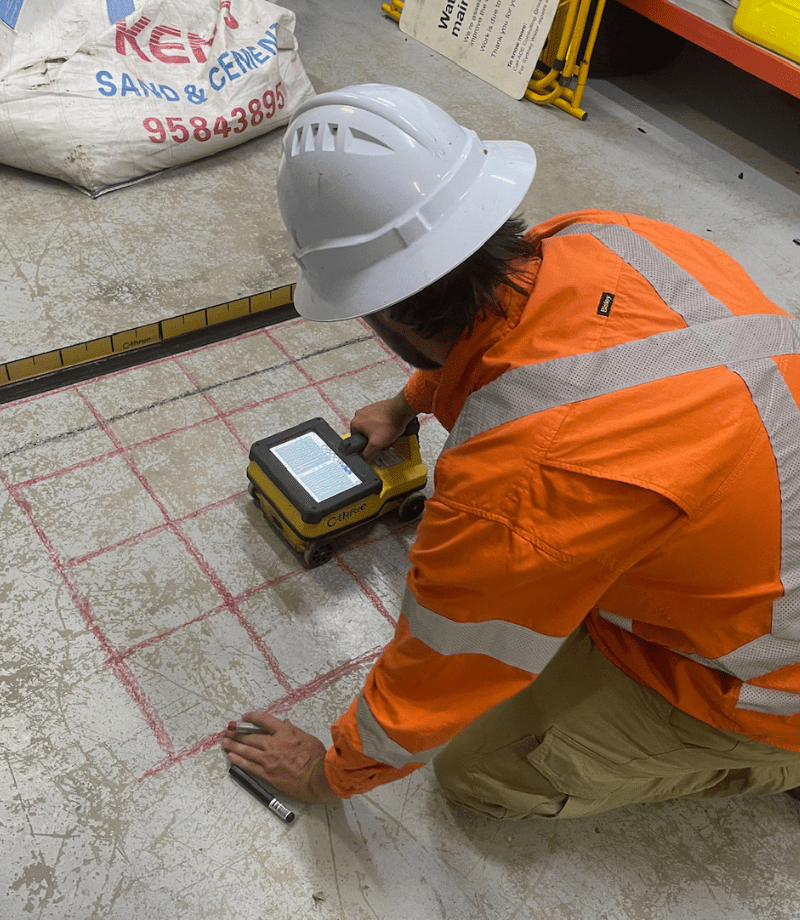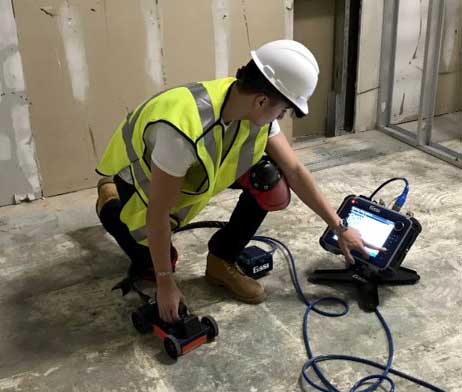Harness the Strategic Edge of Concrete Scanning for Unparalleled Task Success and Quality Control
In the realm of contemporary construction and framework development, the application of concrete scanning technology has actually emerged as a critical tool for ensuring project success and keeping top quality criteria. The real power of concrete scanning exists not only in its capacity to enhance project outcomes yet likewise in its capacity to change traditional methods, establishing a new criteria for precision and performance in the construction industry.
The Significance of Concrete Scanning
Concrete scanning is an essential step in construction projects to make sure the safety and integrity of structures. By utilizing different scanning modern technologies such as Ground Penetrating Radar (GPR) and electro-magnetic induction, building and construction groups can non-destructively assess the subsurface of concrete frameworks to identify possible dangers like rebar, avenues, or post-tension cable televisions. This info is crucial for project contractors, supervisors, and engineers to make informed choices and stay clear of costly mistakes throughout the construction process.
One of the key factors why concrete scanning is so important is its ability to stop crashes and injuries on the building website. Unintentionally puncturing an online electric conduit or harmful post-tension cable televisions can have catastrophic repercussions, not only in terms of safety and security however likewise in terms of project delays and economic ramifications. By conducting extensive concrete scanning prior to any kind of exploration, reducing, or coring activities, construction teams can mitigate threats and develop a more secure working environment for everyone included.
In enhancement to safety and security considerations, concrete scanning also plays a key duty in guaranteeing the long-lasting sturdiness and high quality of the framework. By spotting any flaws or abnormalities hidden under the surface area, such as gaps or delamination, very early treatment can be applied to resolve these concerns prior to they rise into even more considerable problems. Ultimately, purchasing concrete scanning is an aggressive measure that can conserve time, money, and resources over time, while additionally promoting the greatest requirements of building and construction quality.
Advanced Innovation for Accurate Outcomes

By including these sophisticated modern technologies into concrete scanning practices, building and construction groups can improve process, reduce task hold-ups, and make certain the total top quality and success of the project. The accuracy and efficiency used by these tools add considerably to the job's success by promoting notified improving and decision-making quality assurance steps.
Enhancing Project Performance and Timelines

Moreover, concrete scanning allows teams to identify architectural weaknesses and prospective risks early on, enabling timely remediation and protecting against crashes that might hinder job timelines. The real-time data offered by scanning tools helps with informed decision-making, leading to smoother control amongst various professions and stakeholders. This boosted cooperation lessens problems, improves productivity, and ultimately increases job hop over to here shipment.
Additionally, by proactively our website attending to issues via concrete scanning, building and construction teams can comply with timetables better, lower downtime, and maximize source allocation. The capacity to spot concealed challenges and verify structural integrity effectively contributes to overall job performance and timelines, guaranteeing successful end results and client contentment.
Ensuring Security and Risk Mitigation

Risk reduction techniques can be boosted through the in-depth info given by concrete scanning, allowing job teams to make educated decisions that lower the possibility of unforeseen occurrences. Additionally, by properly drawing up subsurface problems, service providers can avoid expensive rework, delays, and damages to existing structures, better adding to overall task safety and security and success. Executing concrete scanning as a routine technique not only makes sure a more secure workplace but likewise imparts self-confidence in stakeholders regarding the project's dedication to high quality and risk management.
High Quality Assurance Through Concrete Scanning
Concrete scanning plays a pivotal role in supporting quality control standards within building and construction tasks. By utilizing advanced scanning technologies such as Ground Passing Through Radar (GPR) and Concrete X-ray, project supervisors and designers can guarantee the stability and top quality of concrete structures. Through concrete scanning, potential problems, such as gaps, fractures, or enhancing bar congestion, can be found non-destructively, permitting timely interventions to maintain the architectural stability of the task.
Quality control through concrete scanning not just helps in recognizing existing issues however additionally makes it possible for aggressive steps to avoid future troubles that might jeopardize the safety and longevity of the structure. By conducting thorough scans see at essential phases of building and construction, teams can validate the accuracy of architectural strategies, validate the positioning of critical aspects, and resolve any kind of variances immediately. This positive approach reduces rework, minimizes pricey hold-ups, and inevitably results in the distribution of top notch, sturdy structures that exceed or meet market requirements.
Verdict
In final thought, concrete scanning plays a vital duty in guaranteeing project success, high quality, safety, and performance assurance. The calculated edge given by concrete scanning allows for proactive threat reduction and improves overall job monitoring.
In the realm of modern construction and infrastructure advancement, the use of concrete scanning modern technology has arised as a critical device for making certain job success and maintaining high quality criteria. By incorporating these innovative innovations into concrete scanning practices, construction teams can enhance process, minimize task hold-ups, and ensure the general high quality and success of the project.Provided the necessary nature of project performance and timelines in building and construction monitoring, the focus now shifts in the direction of ensuring safety and mitigating risks within the task setting.Concrete scanning plays a pivotal duty in supporting quality assurance requirements within construction jobs. By utilizing sophisticated scanning technologies such as Ground Passing Through Radar (GPR) and Concrete X-ray, job supervisors and designers can make sure the stability and quality of concrete structures.